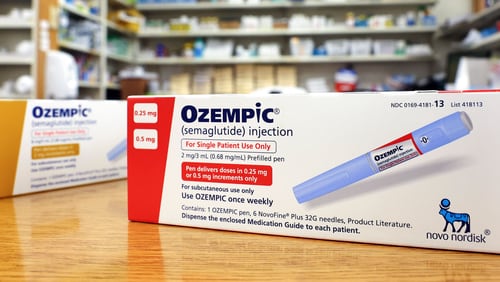Some of the greatest goals in soccer history have been made by a player performing a header.
A header is a soccer technique in which the player uses his or her head to pass, shoot or clear the ball. It’s a common move, but also a controversial one. Heading was banned in the U.S. for children ages 10 and under, as many parents and medical professionals raised concern over headers causing a concussion and other severe head injuries as a result of continued and accidental impact with other players.
Now, a new study published in the peer-reviewed journal Brain Injury has shown further reason for concern regarding this technique and its potentially dangerous impact on brain health.
In research touted as the first of its kind, researchers analyzed blood samples drawn from 89 professional soccer players, ages 18 to 35, playing in the Norwegian premier league. An hour later, samples were then drawn again. At 12 hours, researchers drew blood once more after accidental head impacts in a match, repetitive headers during specifically-designed training sessions and high-intensity exercise where no head contact was allowed.
Researchers were able to see from these samples a noticeable alteration in levels of microRNA in the brain. Accidental head injuries altered levels of eight microRNA unaffected by other high-intensity exercises. Headers altered six.
MicroRNA are tiny molecules that circulate inside our bodily fluids, including in our blood, helping to give our genes, our DNA, instructions about what to do. They regulate gene expression. For example, they tell DNA to make a protein.
This research was conducted on a small sample size and the head impacts were characterized using direct observation and video analysis. Still, researchers noted their findings show that repetitive heading in soccer and accidental head impact “are leading to changes in blood patterns, linked to brain signaling pathways and potential alterations.”
“Overall, the findings do add further evidence to demonstrate how microRNAs may be used as brain injury biomarkers,” the multidisciplinary team working on the study concluded.
“These have the potential to differentiate injury severity and to discriminate between types of head impacts seen in soccer if reproduced in further studies”.
“This is a relatively small sample-size exploratory study,” said Stian Bahr Sandmo of the Oslo Sports Trauma Research Center at the Norwegian School of Sport Sciences, of the findings, “but, future findings expanding upon our research could ultimately lead to an improved understanding of the potential hazardous effects of repetitive head impacts.
“With millions of people playing soccer worldwide, this might ultimately have a substantial influence on public health.”
For more content like this, sign up for the Pulse newsletter here.
About the Author





